Design Description: Stages of Struggle
This piece represents the actual struggle I faced in the process of creating the designs. I wanted to design a form that represented different levels of my perspective of struggle as a concept.


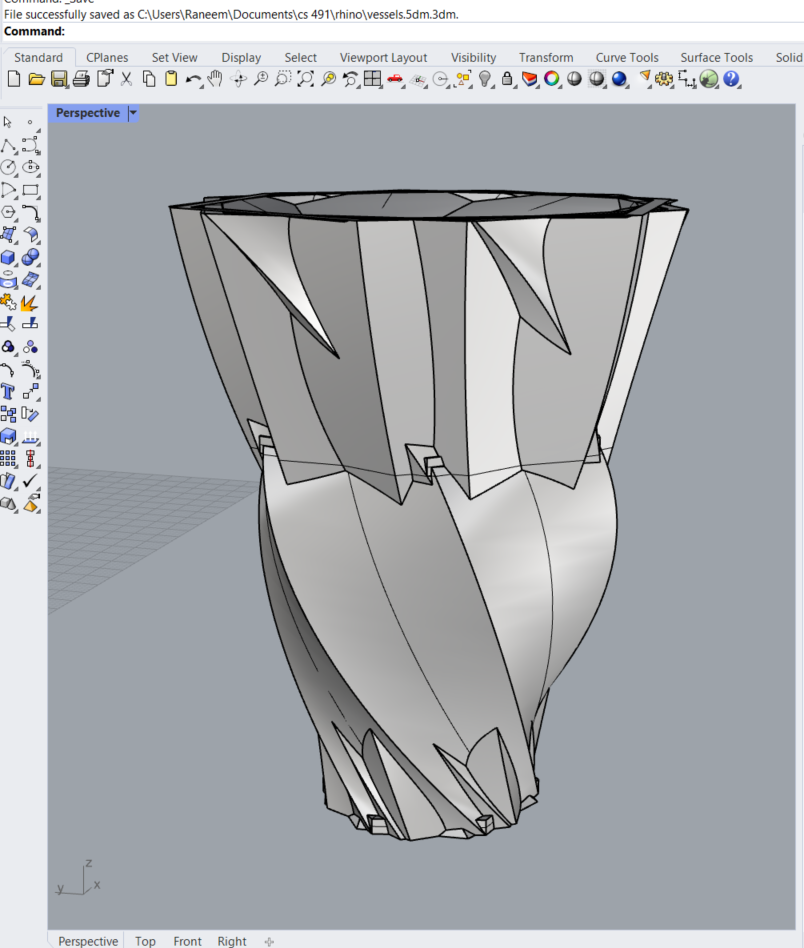
The first part of the piece is called Deep Breathe. In this form, I wanted to illustrate the start of one’s struggle- through breathing. The piece expands upwards as a sign of breathing in deep. With the twist along the top, the breath seems difficult to take.

The second part of the piece is called Attempt. During this phase, there is a lot of fighting between what could be and what couldn’t. The design is purposely meant to have a loud volume. The size of the vessel shows just how crazy struggles are. The turns are designed to twist inward symbolizing those challenging moments.
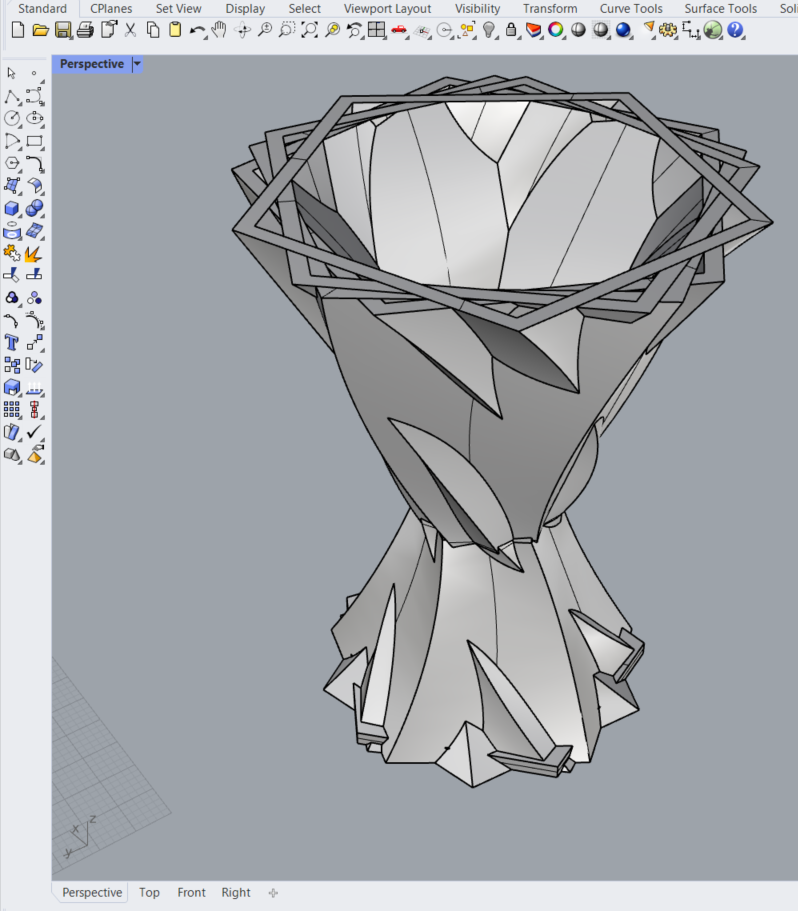
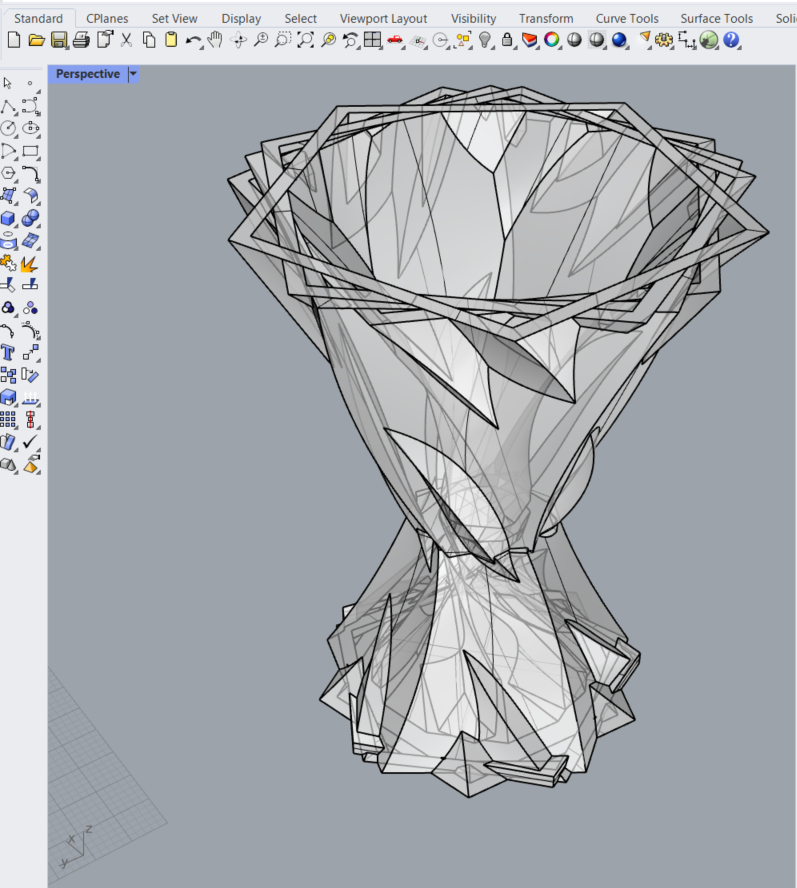
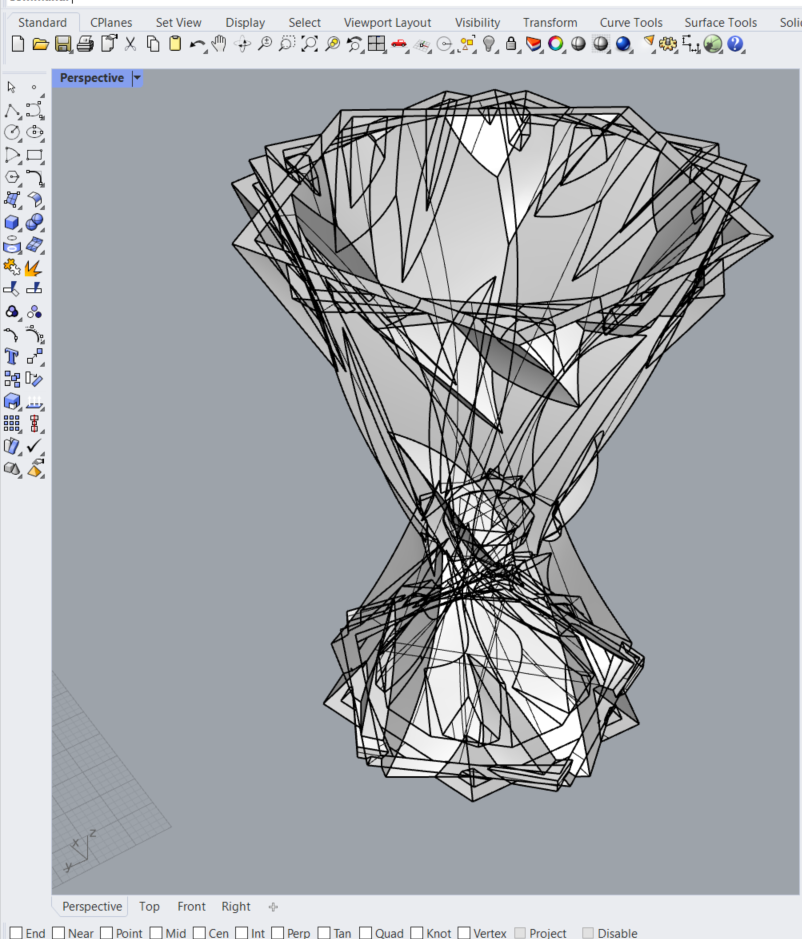
The third and final stage of this piece is Content. As you can see, there is a significant size contrast between Content and Attempt. This content is to maintain the struggle but also remind one that there is an aftermath of attempts. This is presented through the twists in the middle of the form.
Reflection on the Parametric Design Process
The vessels project introduced me to a new perspective of art. I would say that the programming section of the design was challenging to an extent since I tried to add different movements such as spiral and mesh. Unfortunately, I didn’t get what I was expecting. Nevertheless, I recreated the twist function to repeat itself over and over which created a jiggered surface.
The process of creating parametric designs via programming and 3D printing was an experience that I found exciting and challenging. What the process taught me that I could not do before was code to create patterns and connect them to one another to see a structure. In traditional design, I would create structures in CAD by connecting the edges to form a design that I drafted on paper.
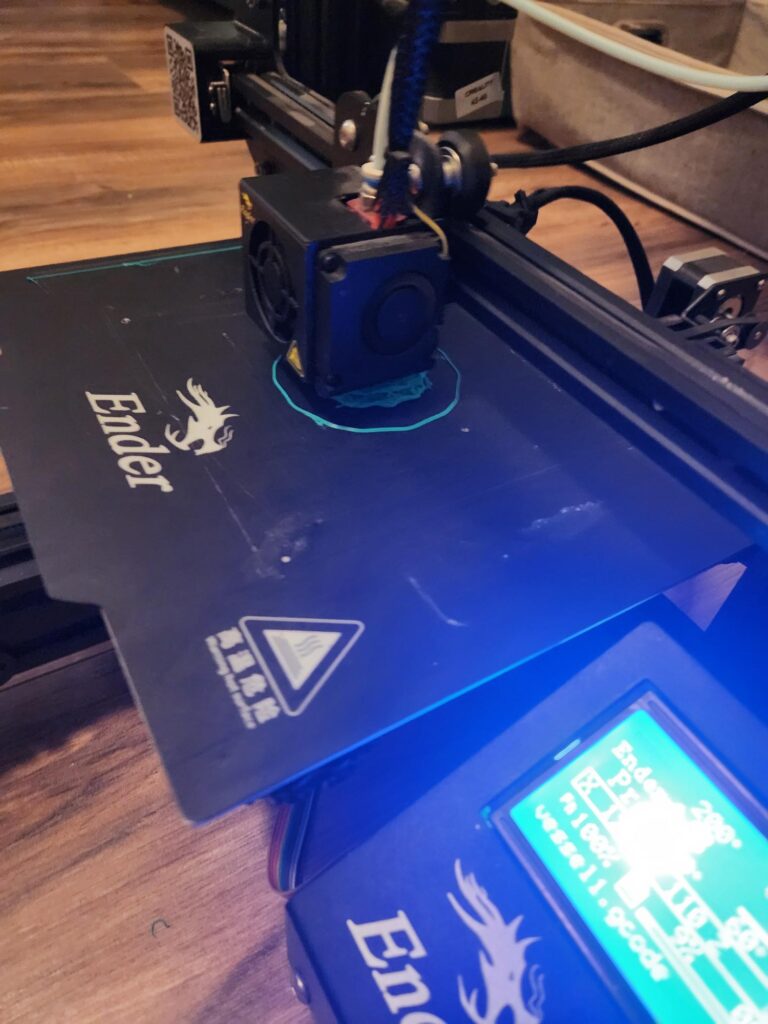
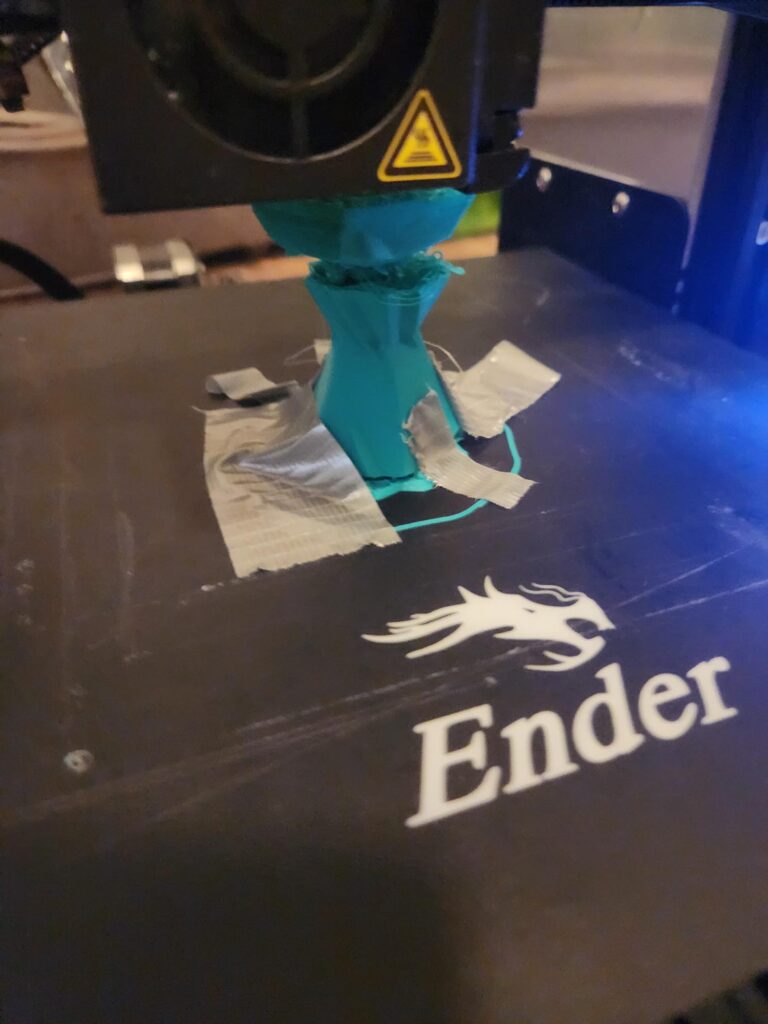
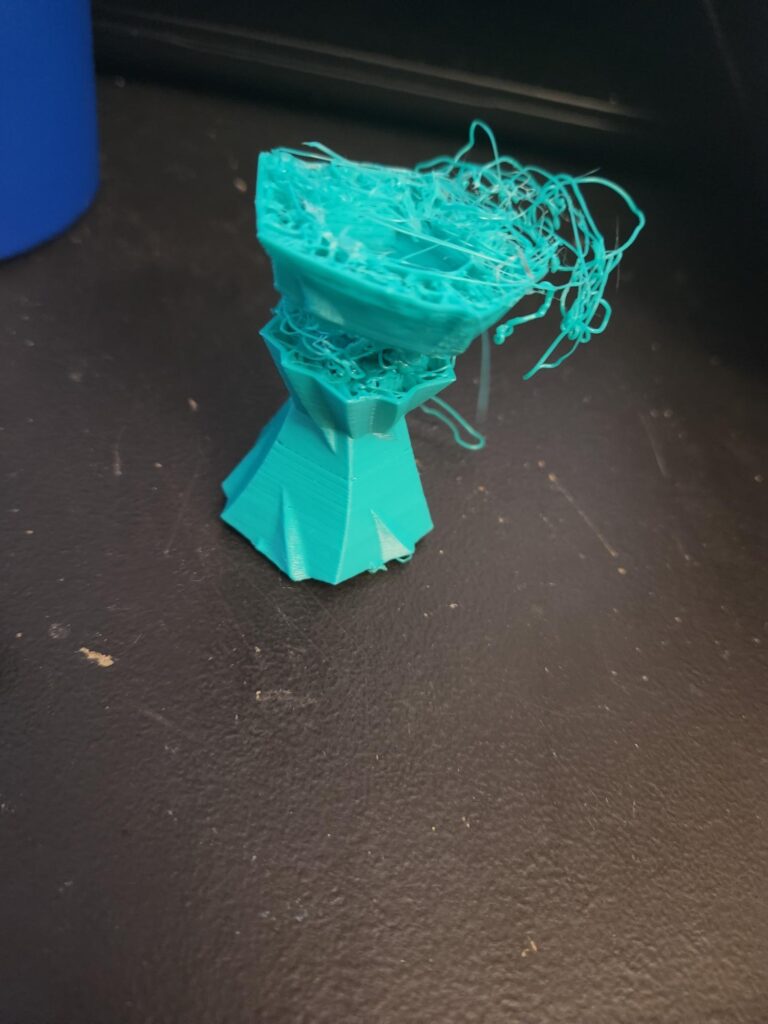
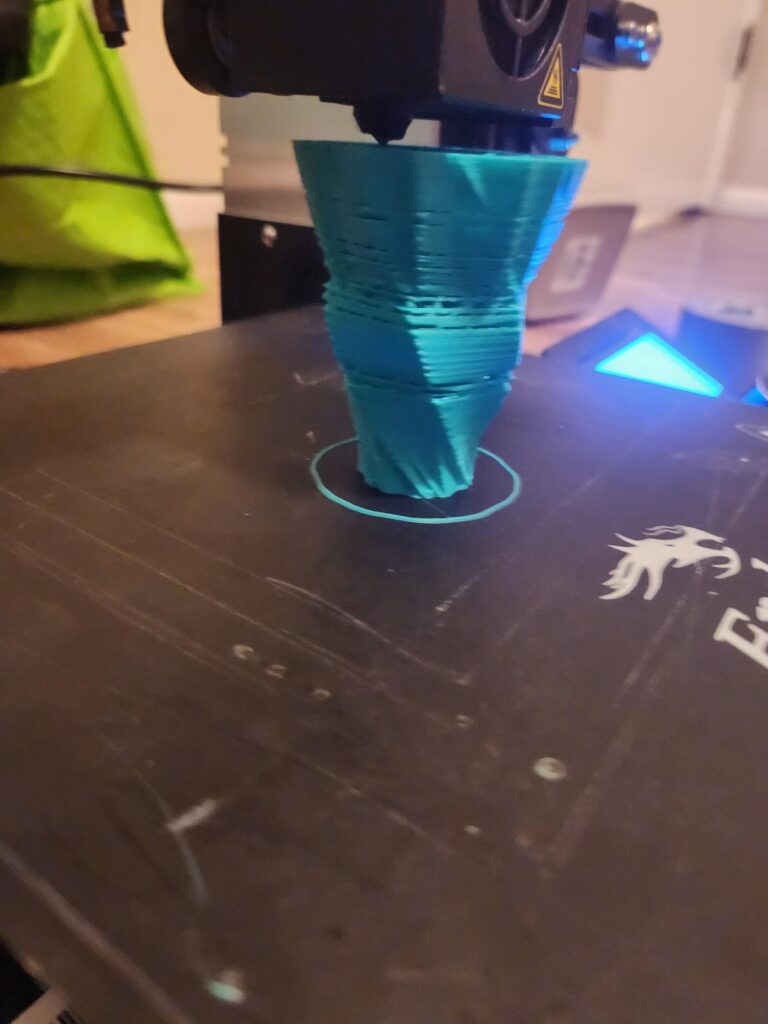

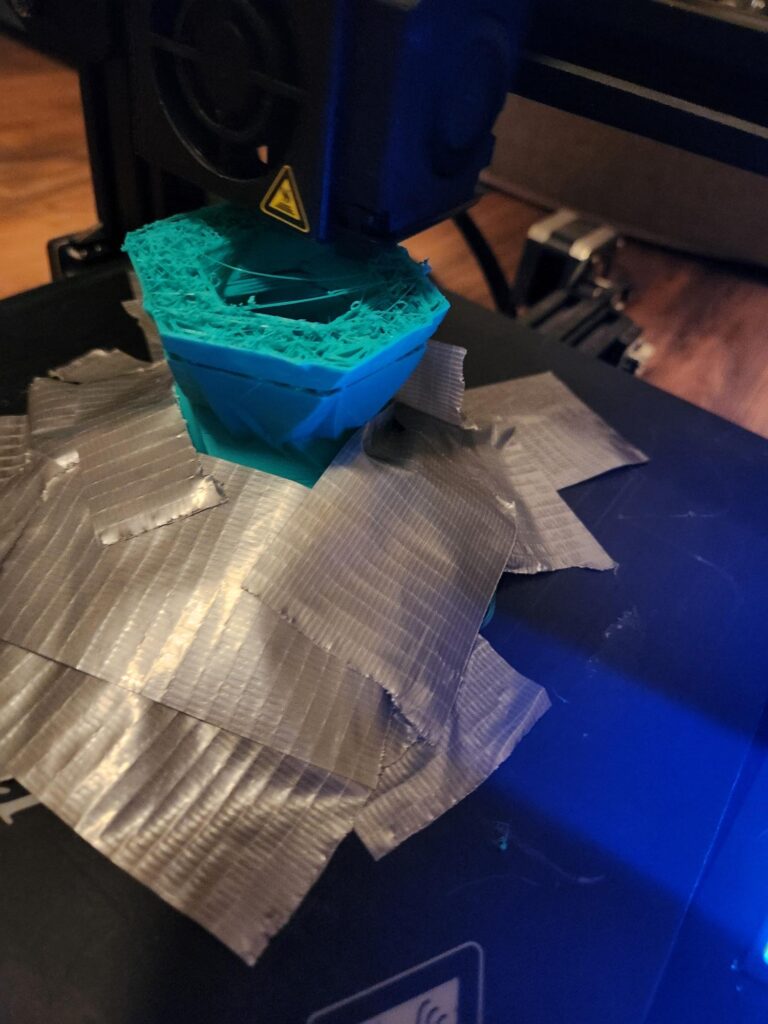
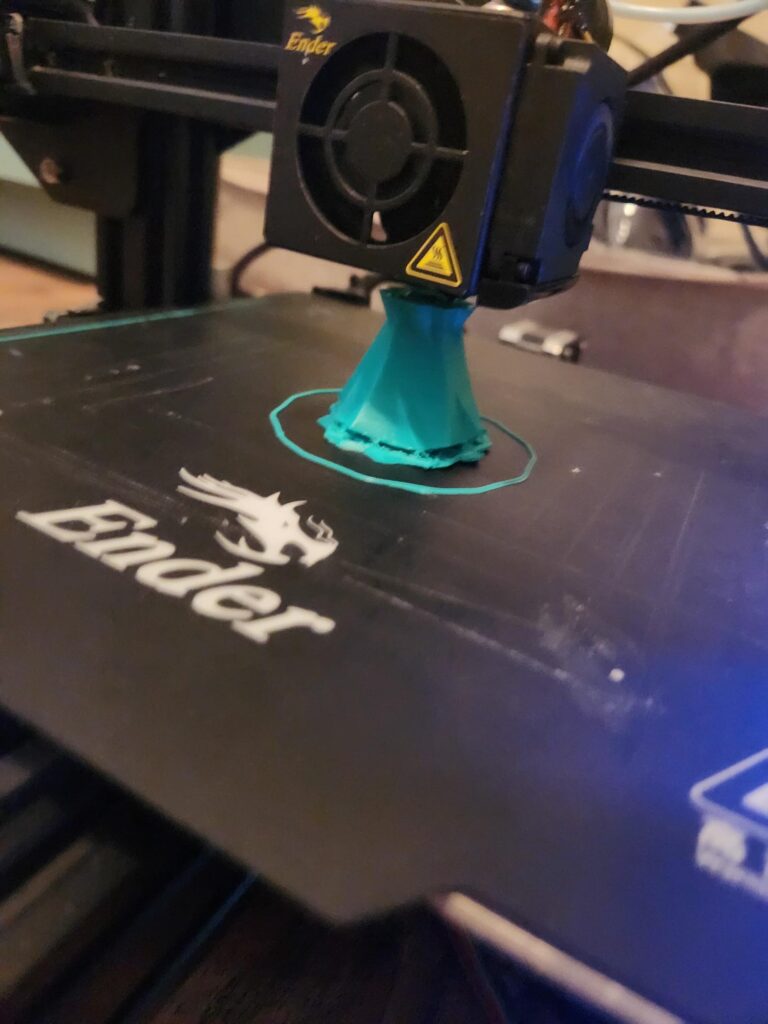
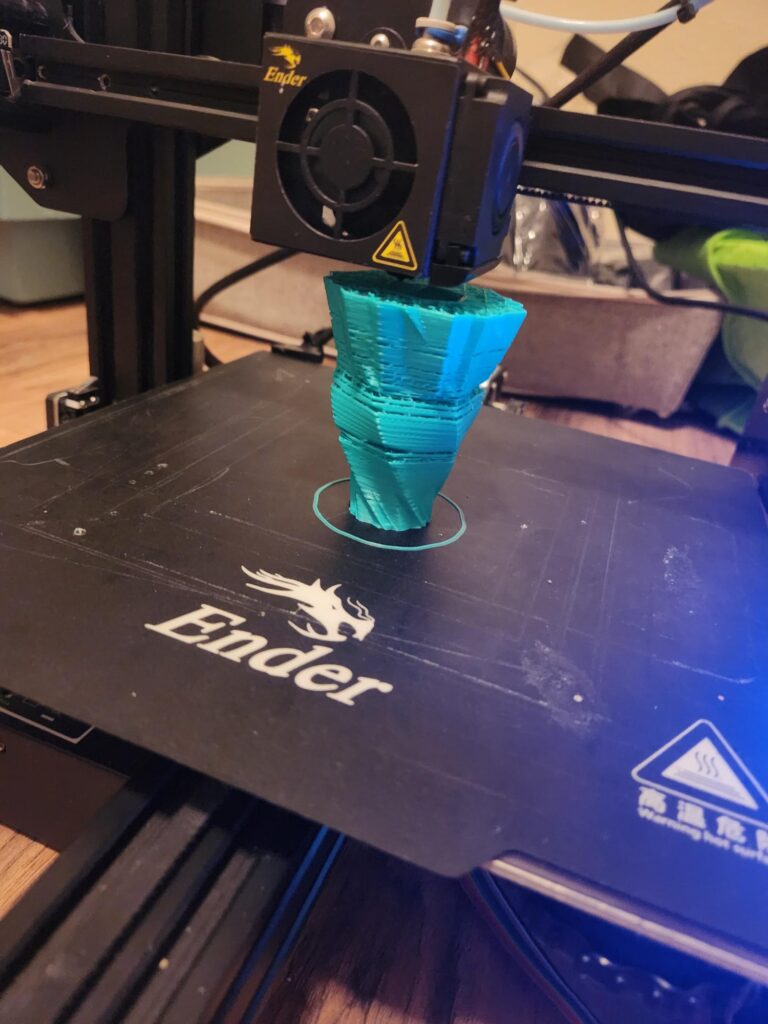
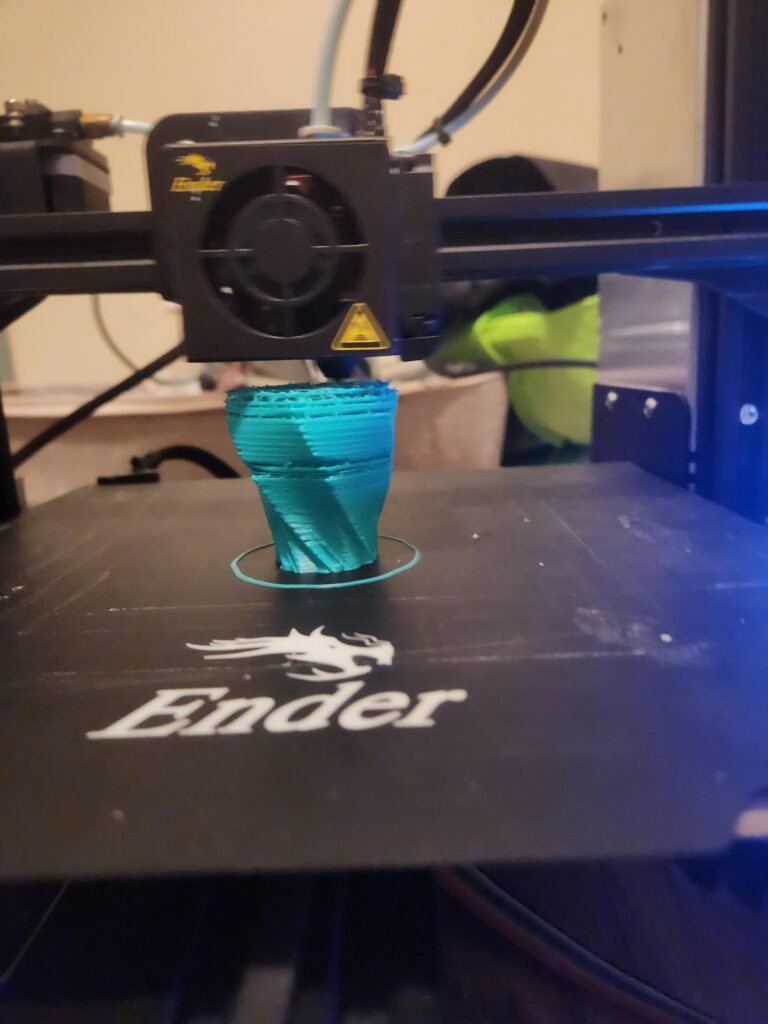
As for 3D printing, I would say that it was something I didn’t do before on my own. The process of printing required a lot of setup and attention. I would constantly check in on the printer to make sure it was not malfunctioning. These 3D printers are evolutionary when it comes to the making process of the design. Traditionally, one will need to mend it by hand themselves. Now, with technology, the printer can print complex designs.
The main advantage of this is that designs that are used manually take days, are printable, and take hours. Furthermore, a new space of creativity has been introduced to create an image in one’s head of a physical object. As for the disadvantage, I’d say that sometimes the code can appear correct but the design malfunctions due to incorrect/illogical inputs. Therefore, being sure that the inputs will output correctly is critical for the process and design success.
Grasshopper Code
Link: https://handandmachine.org/classes/computational_fabrication/wp-content/uploads/2023/09/RaneemRamadanLA21.gh
Reflection on Creative Agency and Intent
Designing my forms was a mix of ideas I came up with and parameters I liked. I wanted to create different stages of struggle. I feel like I did design this form to meet my perspective of the struggling aspect of the piece. As for authorship, I would say I had lots of initial help from Leah Buechley as she assisted the class in creating the building blocks of the code- so I do give her credit for getting me started on this project. I would say that when I create a more traditional design, I would feel more authorship as I created it from scratch- no code required.

Hi Raneem, I am so sorry you struggled with your printing process. I think your piece came out pretty nice for the first time 3D printing. I think it takes a lot of practice and many failures before we can make it perfect. Good job on your presentation.
Hi Michaela,
It was unfortunate that the piece had to be printed the way they were. Thank you for assuring me that the pieces looked good. I do agree that it was a new experience of using the 3D printer.
Hello, Raneem:
The artifacts you designed are amazing, but maybe start with simpler shape artifact to test the capability of the printers. Also I think you can set more parameters in CURA to make a solid print.
Hi Lin, I agree. They were a bit complex. I will definitely take a look at the CURA parameter. Thank you for the feedback.